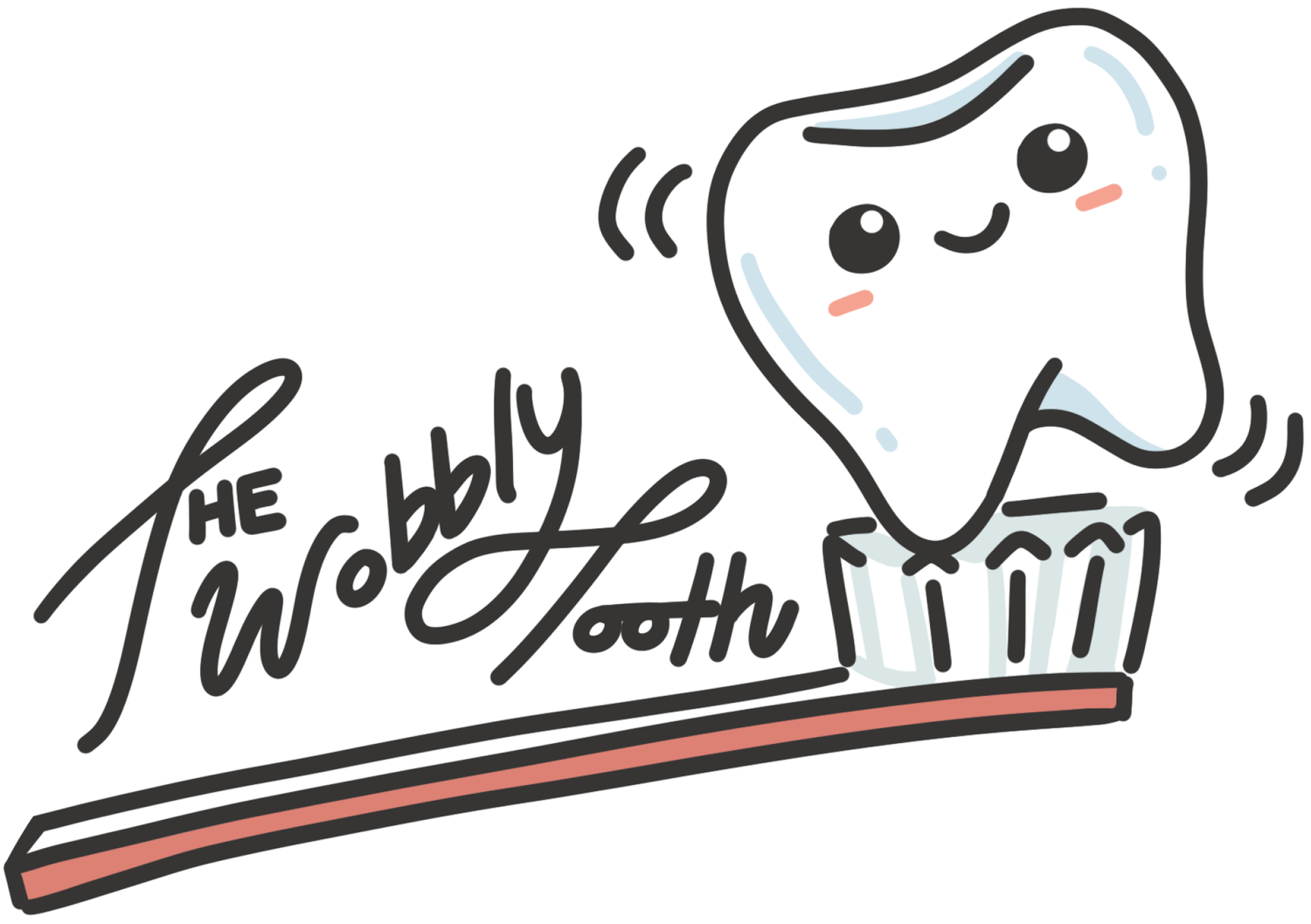Preventive Care
All patients are recommended biannual cleanings and examinations. Not only do they help you prevent dental problems before they arise, they leave your gums healthier, and your teeth cleaner and whiter. A professional cleaning removes hard plaque that cannot be removed by brushing and flossing alone. It also involves a fluoride treatment and polish to help protect and soothe your teeth and gums. Even if you haven’t seen us in a long while, it’s never too late to treat your teeth.
-
Preventative measures we recommend includes:
Brush with a fluoride toothpaste
Use a soft-bristled toothbrush after each meal
Floss daily before bedtime
Use an oral rinse after flossing
Avoid sugary foods, coffee, and tobacco
-
Every patient is unique. Some have perfectly healthy mouths and just need limited preventative care. Others have infections resulting in severe bone loss, bad breath and requires attention from trained professionals every 3 months. Contact us now to find out what you need.
-
A major benefit of preventative dentistry is that it is more cost-effective than emergency dental treatment due to cavities, tooth loss, or other conditions due to a poor oral care routine.
Other benefits of preventative dentistry include;
Lower risk of tooth decay, gum disease, and other serious dental conditions
Early detection of future dental issues can help you to reduce the impact and cost of future treatments
It promotes good oral health and can assist you in maintaining a healthy mouth, including strong teeth.
It can help reduce any dental problems associated with other health conditions such as cancers, eating disorders, and diabetes.
Comprehensive Oral Exams
-
A comprehensive dental exam includes far more than just cleaning your teeth. It involves a complete and thorough patient examination covering everything from pre-existing conditions, gum health, even screenings, and diagnostic exams to guarantee optimal oral health
-
Each visit to your dentist will be different, but most dental examinations contain these five key parts.
Esthetic evaluation
Visual inspection
Oral cancer screen
Identifying infections
Bite inspection.
-
Various types of dental X-rays are available, including:
Bitewing: This type of X-ray allows the dentist to see the crowns of the upper and lower teeth.
Periapical: This type of X-ray allows the dentist to see the entire tooth and the surrounding bone.
Occlusal: This type of X-ray allows the dentist to see the way the upper teeth and corresponding lower teeth fit together when the jaw is closed.
Panoramic: This type of X-ray gives the dentist a broad view of the entire mouth.
Cone beam computerized tomography: CBCT provides a 3-D view of teeth and adjacent structures. It’s essential for diagnosis of craniofacial abnormalities and treatment planning for surgical guides and implants.
Oral Cancer Screening
-
During an oral cancer screening exam, your dentist looks over the inside of your mouth to check for red or white patches or mouth sores. Using gloved hands, our dentists also feels the tissues in your mouth to check for lumps or other abnormalities. Your dentist may also examine your throat and neck for lumps.
-
Early detection of oral cancer can improve a patient's chances of successful treatment. That's why many dentists recommend having regular oral cancer screenings that examine the entire mouth. Adults over the age of 20 should have a screening every three years while those over 40 should have annual screenings.
-
During an oral biopsy, the specialist removes a small amount of the suspicious tissue from your mouth or oropharynx and sends it to a pathologist, who will check for cancer cells. If cancer is confirmed, information in the pathologist's report will help determine treatment.
Oral Hygiene for Prevention
Good preventative dental care keeps your smiles lasting longer, helps reduce the likelihood of sore teeth, and improves your overall health. The Wobbly Tooth Dental Practice recommends using a soft bristle toothbrush to clean all teeth. Ideally, using an electronic toothbrush would be best. Along with brushing your teeth, you should also scrub your tongue and use mouthwash regularly. Mouthwash cleans your teeth in way bristles can’t and keeps your breath tasting fresh. And no matter how great you are at brushing or how fantastic your toothbrush, bristles cannot reach certain areas of your gum and teeth. Only floss can keep these tricky spots clean and keep your gums healthy.





